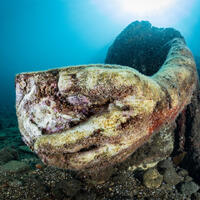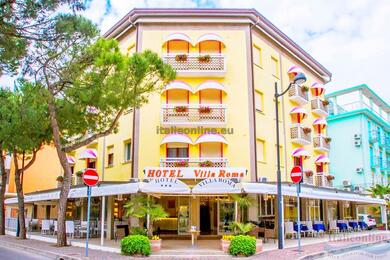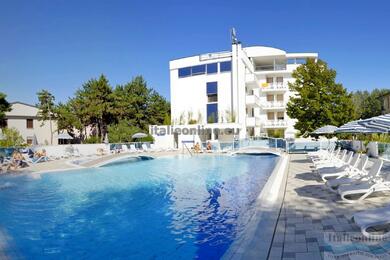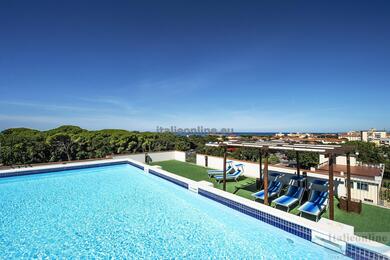Sicily's Mount Etna is the highest active and second most powerful volcano in Europe. It is located on the east coast of the island of Sicily, near the cities of Messina and Catania. According to the latest measurements in 2014, its summit is at 3,350 metres above sea level, but due to ongoing activity it is constantly changing - e.g. after the 1981 eruption, it measured 21 metres lower - 3 329 metres. As a result of the volcanic eruption and the release of magma, the volcano is continuously falling or rising.

Etna is approximately two and a half times larger than the second largest volcano in Italy , Vesuvius. Etna is also one of the most active volcanoes in the world, being essentially permanently active and having the longest documented record of eruptions.
The volcano is located in a densely populated area, which increases its potential danger as it would cause considerable damage in the event of a strong eruption. However, the land around the volcano is very fertile, allowing for the cultivation of vines and orchards.

Etna is a stratovolcano, it is not a single volcanic body and was formed by the eruption of several cone-shaped formations that were incorporated into each other. It currently has four main craters: the Bocca Nuova, the Voragine, the Northeast Crater and the Southeast Crater. Although they are probably interconnected, each of them can function quite independently.







